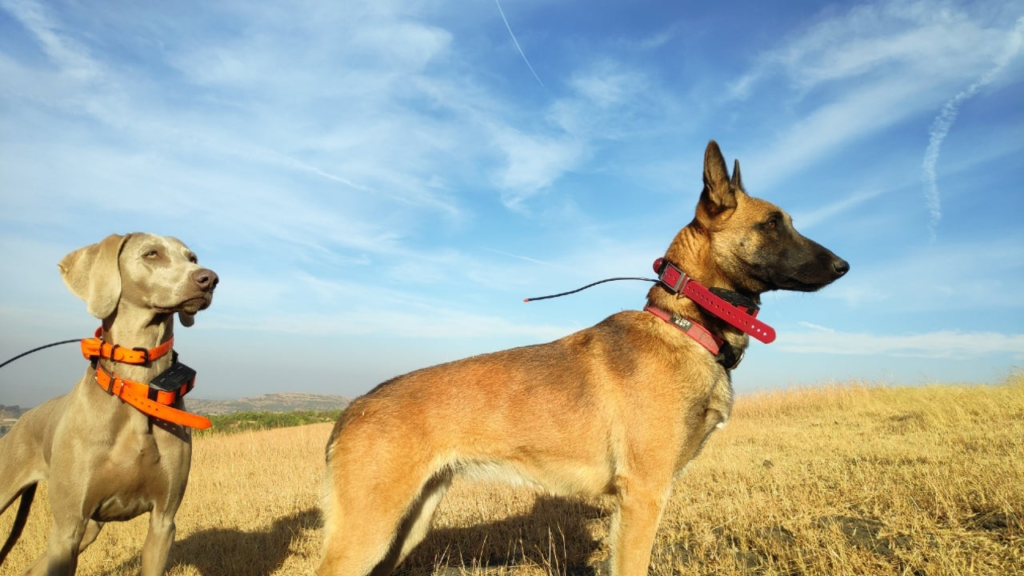
Reserve dogs, also known as conservation dogs or detection dogs, play a crucial role in wildlife conservation and environmental protection. These highly trained canines work alongside their human handlers to detect and track various species, gather scientific data, and aid in the protection of endangered wildlife. In this article, we will delve into the remarkable work of reserve dogs, their specialized training, and the invaluable contributions they make to conservation efforts worldwide.
The Role of Reserve Dogs in Conservation: Reserve dogs are trained to use their exceptional sense of smell and tracking abilities to locate and identify specific scents associated with wildlife or environmental threats. Their keen sense of smell allows them to detect the presence of endangered species, track invasive species, locate poaching activity, and even identify specific plant species or illegal substances.
Specialized Training: Reserve dogs undergo extensive training to develop their unique skills and abilities. This training typically involves teaching them to recognize specific scents through positive reinforcement techniques. They are taught to differentiate between different scents, follow scent trails, indicate when they have found a target odor, and work cooperatively with their human handlers.
Tracking and Detection Abilities: Reserve dogs excel in tracking and detecting a wide range of scents, including wildlife scat, illegal wildlife products, invasive species, or even hidden wildlife habitats. Their accuracy and efficiency in detecting these scents provide valuable data for conservationists, allowing them to monitor wildlife populations, identify habitat areas, and take necessary conservation measures.
Conservation Applications: Reserve dogs have a multitude of applications in conservation efforts:
a. Anti-Poaching Efforts: Reserve dogs are employed to track and apprehend poachers, detect illegal wildlife products, and assist in the prevention of wildlife crime.
b. Wildlife Surveys: By locating scat or other signs of wildlife, reserve dogs contribute to wildlife population surveys and habitat assessments, aiding in conservation planning and management.
c. Invasive Species Detection: These remarkable dogs can be trained to detect invasive species, helping to identify and control the spread of non-native plant or animal species that pose a threat to local ecosystems.
d. Disease Detection: Reserve dogs can be trained to detect diseases or pathogens in wildlife populations, contributing to early detection and response to potential outbreaks.
e. Search and Rescue Operations: In addition to conservation efforts, reserve dogs are often involved in search and rescue operations, assisting in locating missing persons in natural environments.
Collaboration with Human Handlers: Reserve dogs work closely with their human handlers, forming strong bonds built on trust, communication, and teamwork. The dog-handler partnership is essential for effective and efficient conservation work. Handlers interpret the dog’s behavior, provide guidance, and ensure the well-being and safety of both the dog and the environment they operate in.
Reserve dogs are remarkable partners in conservation, utilizing their exceptional scent detection and tracking abilities to contribute to the preservation of wildlife and habitats. Through their specialized training, these canine conservationists aid in wildlife monitoring, anti-poaching efforts, invasive species control, and disease detection. Their invaluable contributions support conservationists in making informed decisions and taking proactive measures to protect our natural world. As we recognize the vital role of reserve dogs in conservation efforts, we appreciate the remarkable intelligence, dedication, and unwavering loyalty of these four-legged heroes, who work tirelessly to safeguard our precious ecosystems for generations to come.